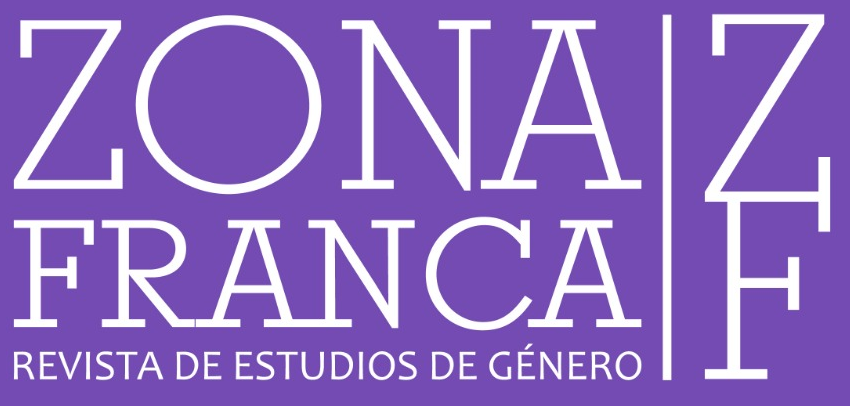Translating queer and feminist texts: giving visibility through language. Reflecting on the decision-making process regarding the main translation problems found in this type of texts
DOI:
https://doi.org/10.35305/zf.vi29.212Keywords:
translation problems, gender in translation, neologisms, worldplay, non-binary languageAbstract
The following article presents the analysis of translation problems from English into Spanish, regarding issues of gender in academic texts, and shows the decision-making process we underwent to solve them. The texts analysed and translated shed light on the (in)visibilization of women and members of the LGBTIQ+ community and the treatment they receive as minority groups in academic texts and their translation. We translated texts from four authors who discuss these issues from different perspectives in different historical moments. In these texts, we identified translation problems, which made us question our role as translators and reflect upon the extent to which we could intervene in the translation process. The structure of this article is based on three main translation problems: neologisms, wordplay and non-binary language.Downloads
References
BAER, Brian James (2017). “Beyond Either/Or. Confronting the Fact of Translation in Global Sexuality Studies”. En Brian James Baer y Klaus Kaindl (eds.). Queering Translation-Translating the Queer. Theory, Practice, Activism. Reino Unido: Routledge, pp. 38-57.
BASSI, Serena (2017). “The Future Is a Foreign Country. Translation and Temporal Critique in the Italian ‘It Gets Better’ Project”. En Brian James Baer y Klaus Kaindl (eds.). Queering Translation-Translating the Queer. Theory, Practice, Activism. Reino Unido: Routledge, pp. 58-71.
DELABASTITA, Dirk (1996). “Introduction” en The Translator, Special Issue: Wordplay and Translation, 2(2), pp. 127-139.
HURTADO ALBIR, Amparo (2011). Traducción y traductología. Introducción a la traductología. Madrid: Ediciones Cátedra, pp. 279-289.
NORD, Christiane (1991). Text analysis in translation: theory, methodology, and didactic application of a model for translation-oriented text analysis. Ámsterdam/Nueva York: Rodopi, p. 151.
NOSSEM, Eva (2017). “Queering Lexicography: Balancing Power Relations in Dictionaries”. En Brian James Baer y Klaus Kaindl (eds.). Queering Translation-Translating the Queer. Theory, Practice, Activism. Reino Unido: Routledge, pp. 172-187.
REAL ACADEMIA ESPAÑOLA. Diccionario de la lengua española, 23.ª ed., [versión 23.4 en línea]. <https://dle.rae.es/neologismo> [25/07/2021].
VON FLOTOW, Luise (1997). “Historical Background” y “Gender and the Practice of Translation”. En Translation and Gender. Translating in the ‘Era of Feminism’. Manchester: Saint Jerome Publishing, pp. 5-34.





